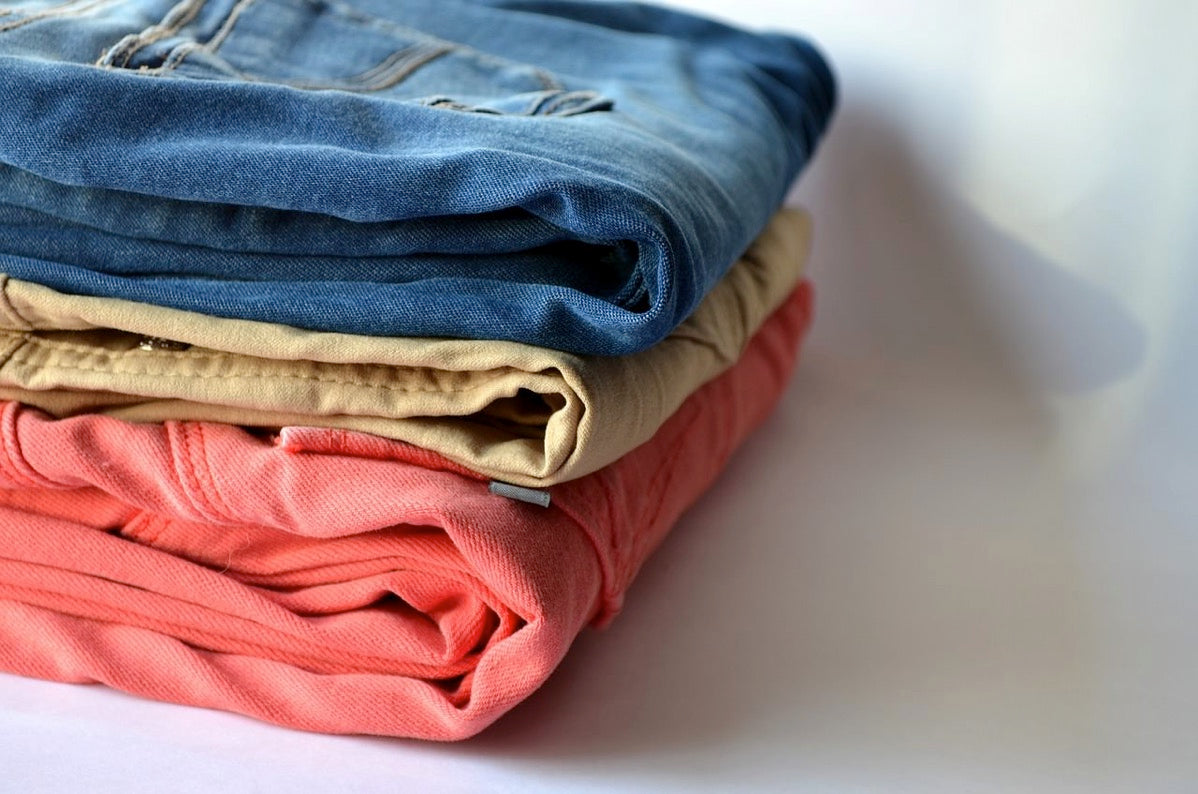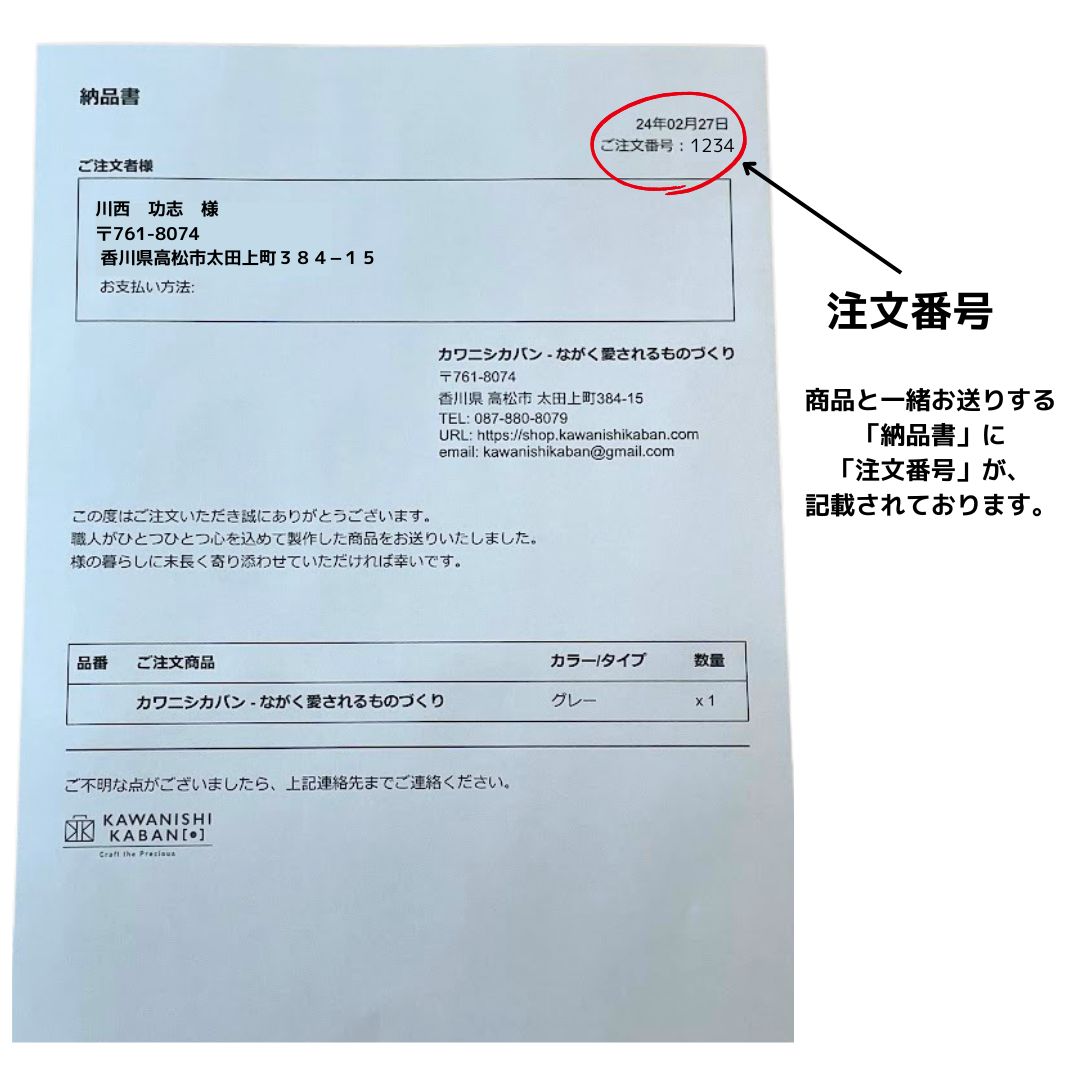What is the standard for color fastness of fabrics and leather?

Do you know about color fastness?
Dye fastness indicates the resistance of a color to fading.
When we use clothes or bags, many things happen to them, such as exposure to sunlight, sweat, washing, and friction.
The degree of resistance to these dyes is indicated by color fastness.
Although fastness is not particularly relevant to everyday life, today I would like to introduce dye fastness, which is important for people who make bags and clothes.
What you can find out by examining color fastness
By checking the color fastness, we can determine the degree to which fabrics and leathers used in clothes and bags that have been dyed with dyes or colored with pigments are resistant to sunlight, sweat, washing, friction, etc. that they are exposed to while in use.
The degree to which the color of a certain piece of clothing fades when it is washed is called "discoloration."
"Contamination" refers to the degree to which color transfers from one piece of clothing to another when washed together.
It's called.
Color fastness is evaluated based on these two concepts.
By conducting a dye fastness test (a test to check dye fastness), you can determine the degree of color fading of a "discolored" product and the degree of color transfer of a "contaminated" product.
Color fastness is JIS standard
The testing method for color fastness testing is determined by JIS standards.
When communicating to customers about the degree of color fading, giving an ambiguous answer such as "The color may fade a little..." can cause problems.
Therefore, we decided to communicate this information objectively using the unified JIS standard.
Color fastness evaluation
The most robust is grade 5, followed by grades 4-5, grade 4, and the weakest is grade 1, with 9 levels being rated. 
It is expressed as "discoloration grade 4" or "pollution grade 3-4", etc.
Other Fastness Tests
There are other fastness tests as well.
The test items are specified in great detail, such as moisture fastness to water and sweat, light fastness to sunlight and lighting, washing fastness to washing and dry cleaning, and friction fastness to color transfer caused by friction when ironing or layering fabrics.
In Japan, JIS standard testing methods are mainstream, but there are also international standard ISO testing methods.
Why check color fastness?
So why do we check color fastness?
I've tried searching a lot about this, but couldn't find a decent answer.
So this is entirely my opinion,
I think it's to teach customers how to do the laundry.
What I noticed when researching fastness is that it is a standard that shows how a product will change over time.
When you buy clothes, any items that are prone to color transfer have washing labels that indicate how to wash them, such as "wash separately" or "hand wash."
I thought that in order to decide on a method, I would need to investigate the color fastness.
Also, it serves as a document to inform customers up front that this is a product that carries a certain amount of risk.
Well, from the manufacturing perspective, it may sound bad, but it's a way to hedge risks.
Thank you for reading to the end.
Color fastness can be tested not only on fabrics but also on leather.
In fact, since leather is a natural material, it is very prone to color transfer, so it may be a good idea to do something like that.
When delivering to a large company, it is absolutely necessary to submit these documents.
In our opinion, it's leather, so if it gets a little wet, the color will transfer. To be honest, that's what we think, but I think there are probably some people who won't be satisfied with that kind of thinking. I thought about it a little.
Finally, I would like to introduce the source and a website that performs robustness testing.
Japan Leather Research Institute
Kaken, a global testing organization specializing in textile testing
SHARE:






